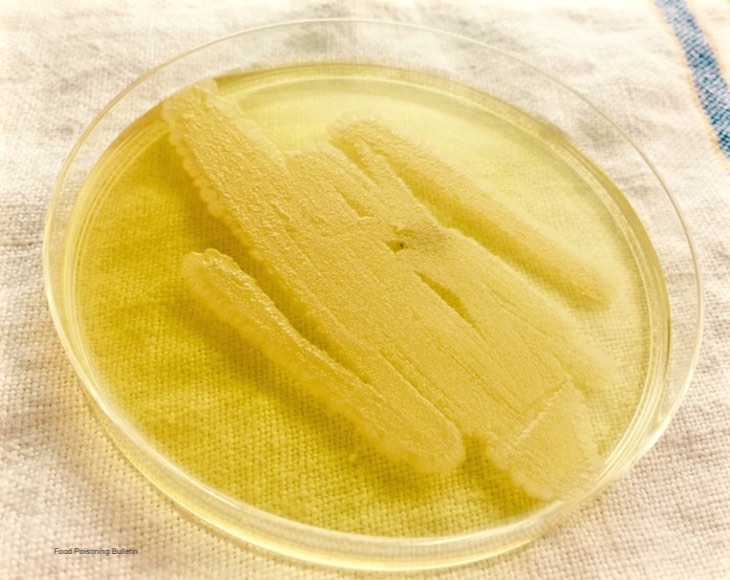A new study from researchers at Princeton University and California State University-Northridge has found that dying bacteria can absorb antibiotics, giving other pathogens the chance to survive. The dying bacteria can absorb large amounts of the antibiotic.

The paper was published in eLife on December 18, 2018. The work is supported by the U.S. National Institutes of Health, the National Science Foundation, and the University of Waterloo in Canada.
That’s not the only way pathogens can survive antibiotic doses. They can also delay their growth, grow more quickly, or create biofilms as they grow that shield them from the drug.
Researchers created a mathematical model to try to explain this phenomenon. The model “describes the dynamics of bacterial populations facing different concentrations of the antimicrobial, showing how dead cells sequester the dangerous molecule and predicting the delayed growth of surviving cells.
Andrej Kosmrlj, an assistant professor of mechanical and aerospace engineering at Princeton, said in a statement, “The model provided a physical explanation for how this actually works. We had a surprising observation that the critical inhibitory concentration of antimicrobial peptides depends on the number of bacteria, and our model was able to explain why this happens.” The dead cells isolate the antibiotic and predict the delayed growth of surviving cells.
But the scientists still don’t know exactly what is happening at the molecular level. They do says that their findings have implications for the evolution of bacteria, and they hope that this research may help doctors design and administer more novel antibiotics.




